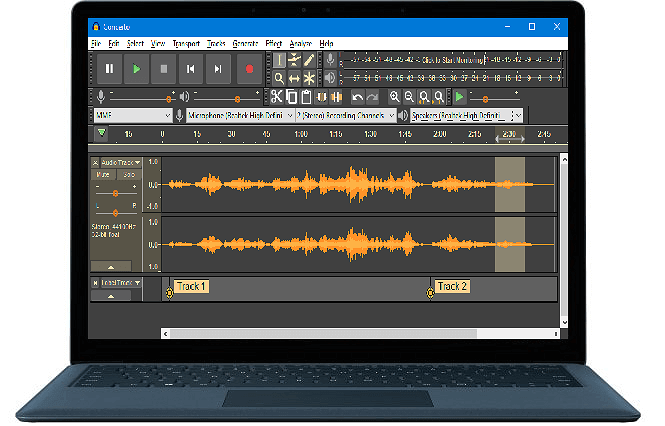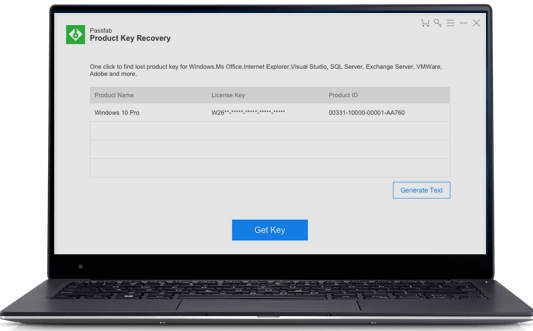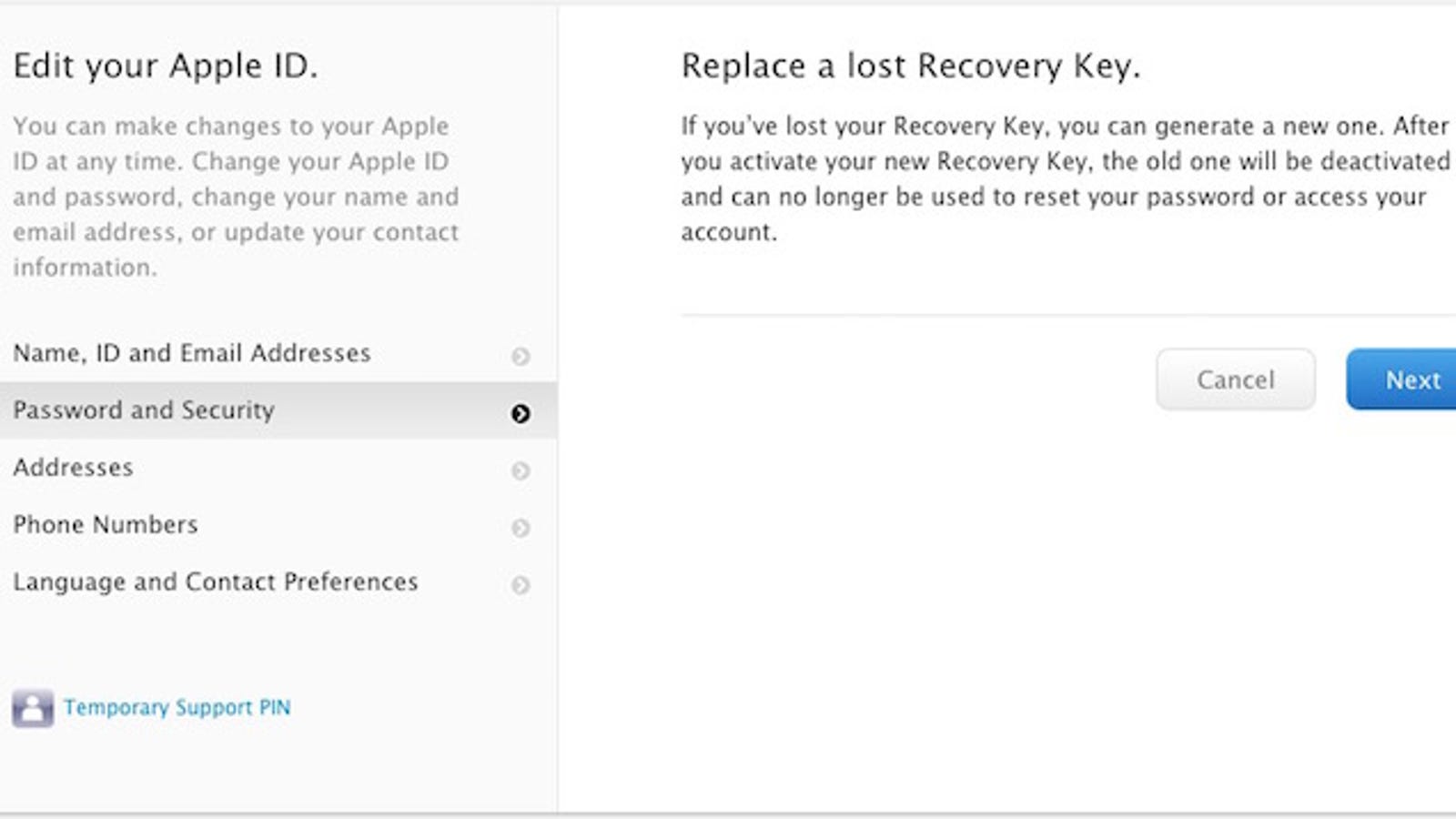

That way you always have your recovery key when you need it. You might want to give a copy of your recovery key to a family member, or keep copies in more than one place. With that in mind, it's important to keep your recovery key in a safe place. If you lose both of these items, you could be locked out of your account permanently. Using a recovery key is more secure, but it means that you’re responsible for maintaining access to your trusted devices and your recovery key. Learn more about using account recovery instead of a recovery key.

Account recovery is a process that would otherwise help you get back into your Apple ID account when you don’t have enough information to reset your password. Creating a recovery key turns off account recovery. While it’s not required, using a recovery key improves the security of your account by putting you in control of resetting your password. Your Mac stores deleted files in a separate location for each drive you use - and not in one single Trash “folder.” In other words, the files you can see in the Trash might change depending on whether or not you have a particular drive connected to your computer.A recovery key is a randomly generated 28-character code that you can use to help reset your password or regain access to your Apple ID. Solution 4: Recover Lost Files from TemporaryItems Folder. Solution 3: Recover Lost or Deleted Files from macOS Big Sur Using Tenorshare 4DDiG HOT. Solution 2: Restore Deleted Files on Big Sur Using Mac Trash. Method 2: Check Other Trash Cans to Recover Files from USB Drives on Mac Solution 1: Recover Deleted Data in macOS Big Sur Using Undo Option.

The files will then be put back to where they were before they were deleted. Open the web browser and visit /recover Provide valid credentials to login apple ID Verify your credentials Now choose the security option from. If you do find the lost files in your Trash, you can recover them by right-clicking on them and pressing the “Put Back” button. reset your forgotten Mac password with your Apple ID Type your Apple ID and password, and then click Reset. It seems obvious, but you would be surprised how many files I personally have recovered by simply checking the Trash. Click the arrow on the Password Hint window. Perhaps the easiest thing you can do to try to recover files from a USB flash drive on Mac is to simply check the Mac Trash. How to Recover Deleted Files From USB Drive on Macīelow you will find what we believe to be the three most effective methods for recovering data from a USB drive on macOS devices. Don’t copy any more files to your flash drive, and in fact, keep it disconnected from your computer except follow the instructions below. Deleted files can still exist on your flash drive, as long as the space they were taking up isn’t written over by your computer. Before getting started with data recovery methods, it’s important to stress one point - as soon as you find out that you have lost files, stop using your flash drive.


 0 kommentar(er)
0 kommentar(er)
